Plug Power, Chart Industries, and Baker Hughes are investing a combined $320 million to form the FiveT Hydrogen Fund to back clean hydrogen infrastructure project development at scale.
Plug Power will commit $200 million, and Chart Industries and Baker Hughes each will invest $60 million. The Euro-denominated fund aims to raise a total of $1.18 billion from both financial and industrial investors.
The fund will finance projects in the production, storage, and distribution of clean hydrogen. It will be led by Pierre Etienne Franc, former vice president of Hydrogen Energy for Air Liquide and co-secretary of the Hydrogen Council.
New York-based Plug Power develops hydrogen fuel cell systems for equipment and vehicles powered by electricity. Georgia-based Chart Industries manufactures cryogenic equipment used in the production, storage, and distribution of liquefied natural gas and industrial gases. Texas-based Baker Hughes is an industrial service company and one of the world’s largest oil field services companies.
J-Power solar development
J-Power USA Development Co. and funds managed by units of Fortress Investment Group, said they will develop Birchwood Solar, a 50 MW solar plant, and Birchwood Storage, a 190 MW, energy storage facility.
The projects will be sited at a 25-year-old, 242 MW coal-fired power plant in Virginia that is being shut down due to unfavorable economics.
Units of Japan-based Electric Power Development Co. and General Electric each own a 50% stake in the existing coal-fired power plant. The facility had a 25-year power purchase agreement with Virginia Electric and Power. In 2019, that agreement was transferred to Consolidated Edison utility Con Edison Energy.
Site redevelopment partner Fortress manages almost $50 billion of assets. J-Power is based in suburban Chicago and is owned by J-Power EPDC. It has two other solar projects under development, both in Texas: the 400 MW Charger solar project and the 350 MW Red-Tailed Hawk solar project.
Our new hydrogen hub
Green hydrogen could be the clean fuel to unlock hard-to-electrify sectors of the economy. Recently, we’ve seen a wave of change in this industry, with advancements in technology and new projects. As a result, we’ve created the pv magazine Hydrogen Hub to keep you updated. As solar PV professionals, let us know which topics are of most interest to you by emailing editors@pv-magazine.com!
KKR buys into Sempra Infra
San Diego-based Sempra Energy is selling a 20% interest in its recently created Sempra Infrastructure Partners platform to global investment firm KKR for $3.37 billion in cash. The Sempra business unit was formed in December in a corporate shuffle; it develops energy infrastructure projects in North America. At the time of its formation, Sempra Infrastructure had around 4 GW of renewable energy projects under development in Mexico. The business unit also develops liquefied natural gas export facilities, and operates natural gas infrastructure in Mexico.
Module reuse and recycling
PV modules that have reached the end of their service lives could total 1 million tons of waste in the United States by 2030, equal to around 1% of the world’s e-waste.
Recognizing the growing need for materials recovery and secondary market development, researchers at the National Renewable Energy Laboratory who are working on the issue said that repair, reuse, or recovery would reduce negative environmental impacts and resource constraints, and stimulate economic growth.
The team conducted legal- and literature-based research and interviewed solar industry stakeholders, regulators, and policymakers, then published a series of NREL technical reports, narrowing in on options and opportunities for PV equipment reuse and recycling.
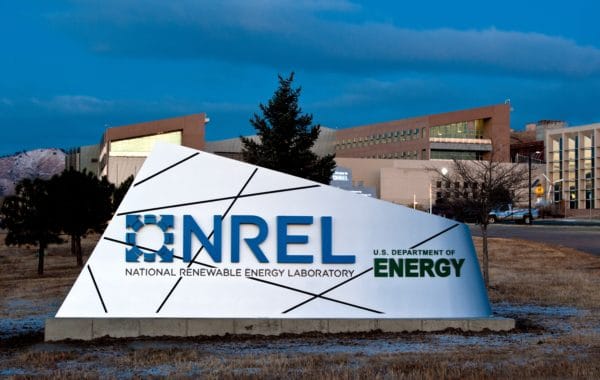
Image: NREL/Dennis Schroeder
One finding is that few incentives exist for private industry to invest in PV recycling, repair, or reuse due to current market conditions and regulatory barriers. Only one manufacturer has implemented a “takeback” program to reuse or recycle retired PV modules.
And although a growing number of U.S. third-party recyclers accept PV modules, most companies only recover bulk material and leave behind high-value materials such as silver, copper, and silicon.
The U.S. industry for recovered PV materials from modules alone could total $60 million by 2030 and as much as $2 billion by 2050. PV equipment recycling could increase supply chain stability and resource security, decrease manufacturing costs, enhance a company’s green reputation, provide new revenue streams, add tax benefits, and create jobs.
To help spur private investment, the analysts recommend government-funded R&D and analysis to help relieve some of the market and regulatory uncertainty associated with the reuse and end-of-life PV options. R&D could focus on designing PV modules to be more easily repaired, reused, or recycled, as well as on the associated cost-effective services and business models.
The NREL team recommended a multifaceted regulatory approach that places responsibility across the value chain. Consistent, clearly defined federal, state, and local regulations could mandate and incentivize secondary markets. Laws could prohibit disposing PV modules, provide an exemption from stringent regulation, or require reuse. For example, Washington state has a policy that requires PV manufacturers to take back or recycle modules at no cost to consumers. It also allows modules to be regulated under less-stringent solid waste requirements if they are recycled.
This content is protected by copyright and may not be reused. If you want to cooperate with us and would like to reuse some of our content, please contact: editors@pv-magazine.com.

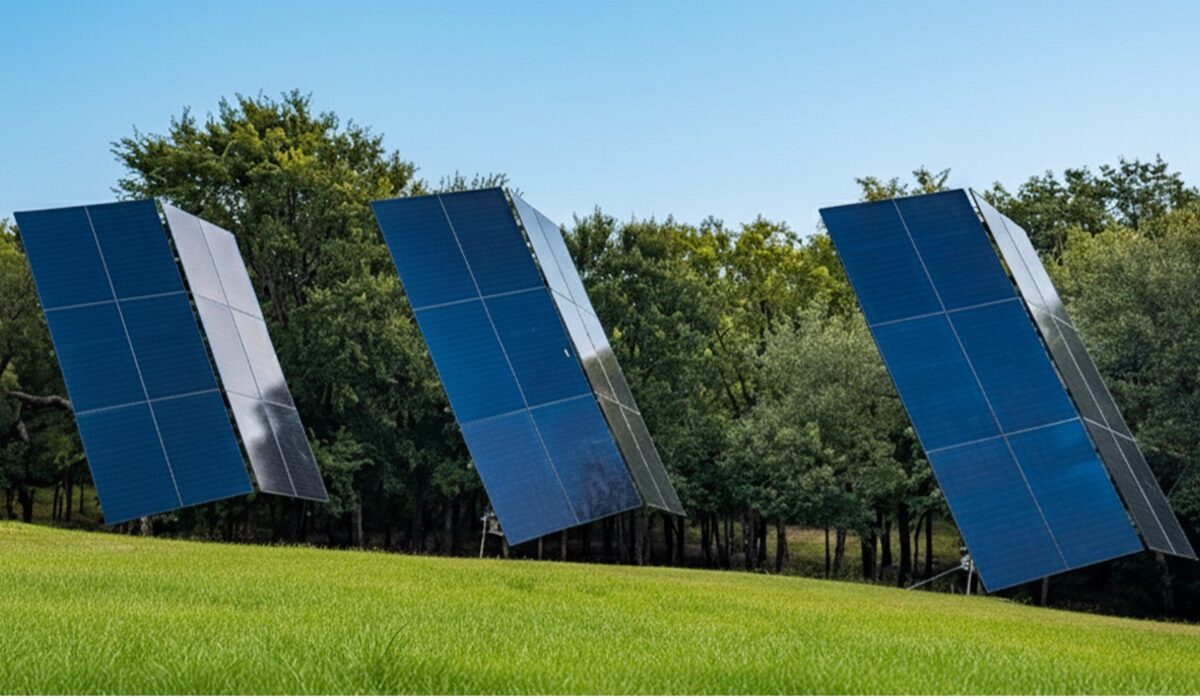


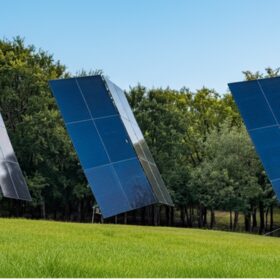

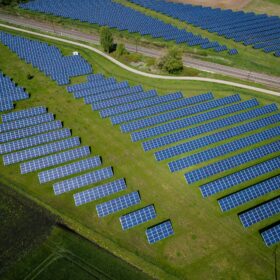
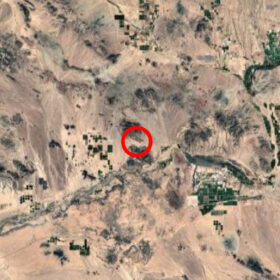
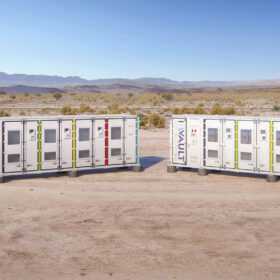
In my state I have to pay a tire “recycling” fee upfront even though tires aren’t really recycled for the most part. Basically, just a disposal fee. It would be nice if states started charging an upfront PV fee that would fund recycling. It seems like most of the PV “waste” will come from still-working utility scale panels that are being swapped out for new panels because of perverse tax incentives. Unfortunately, utility-scale panels are much bigger than residential panels and won’t find a second life on someone’s house for cheap.